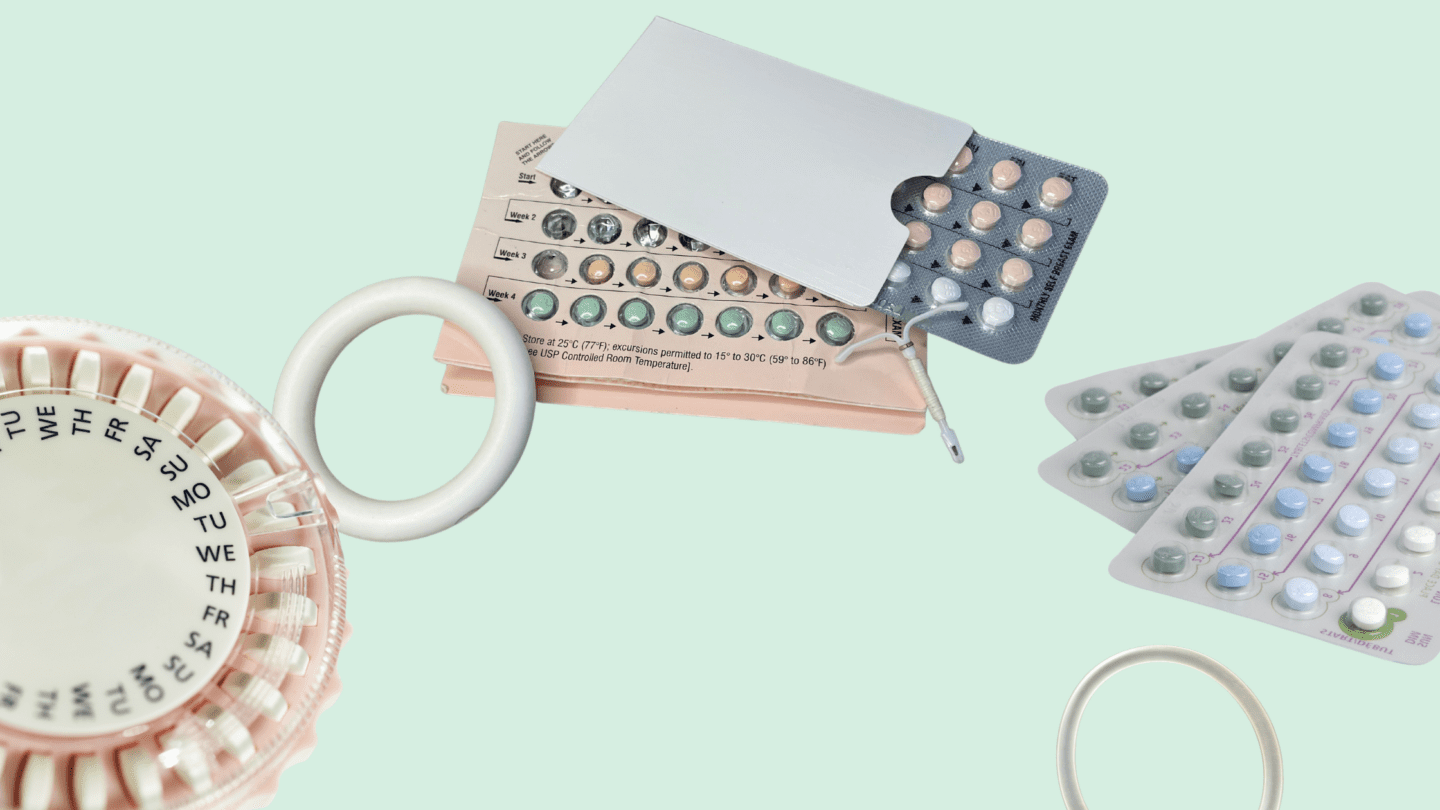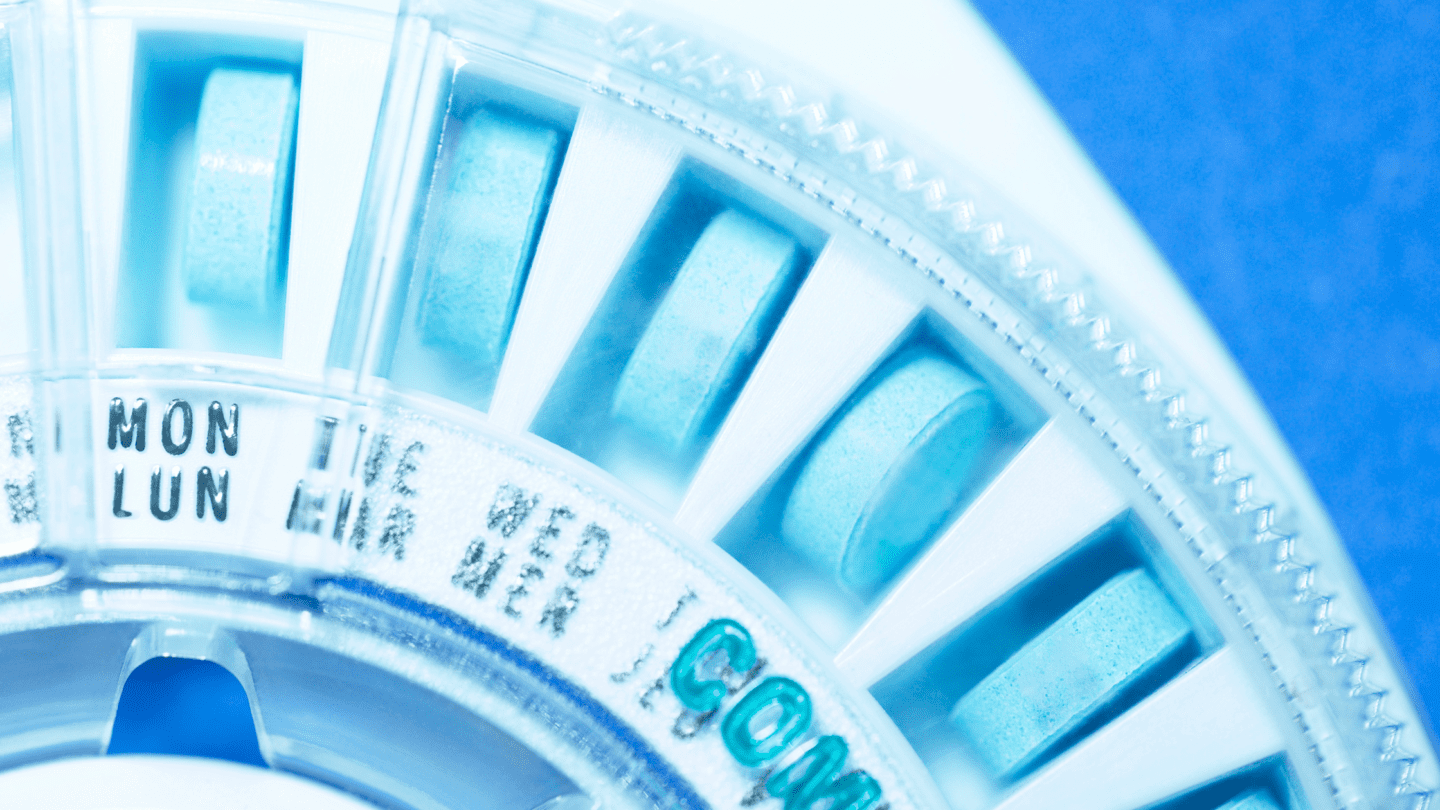What Side Effects Do IUDs Have?
If you’re considering getting an (IUD), you probably want to know what kind of side effects to expect first. Like all options for , IUDs, both those that include hormones and those without, can come with side effects. But they’re not the same for every person and for every kind of IUD. Some common side effects include changes to bleeding, cramps, and headaches, and there’s a small chance you could experience a few rare complications.1-2 But don’t forget that side effects can be positive, too: Hormonal IUDs can help with PMS, heavy menstrual bleeding, and more.3
Depending on your body, you might experience side effects that are more severe or more mild than other people — they’re different for everyone. Keep an eye on any side effects you feel, and reach out to your doctor if you’re worried about anything.
Some people also say that getting an IUD put in and taken out can be extremely painful. While it’s not dangerous, and it’s over fairly quickly, the experience might be pretty unpleasant. It’s something to weigh against the benefits of an IUD when you’re deciding what choice feels right for you.
What is an IUD?
An IUD is a t-shaped piece of plastic that a clinician inserts into your . There are two main kinds: hormonal IUDs and the non-hormonal copper IUD.1,4 Hormonal IUDs like Mirena, Liletta, and Skyla slowly release sex hormones into your body to prevent pregnancies.1-2,5 In contrast, the copper IUD changes the environment of the and cervix to make it less hospitable for sperm and to prevent them from swimming.4
Once you have an IUD inserted, you don’t need to do anything until it needs to get replaced. How long an IUD lasts depends on the brand, and can be anywhere from three to 12 years.4-5 But you can have an IUD removed at any time if you want to. And all IUDs are highly effective , meaning they’re more than 99% effective at preventing pregnancies.1-2, 4-5
Side effects of
If you get a hormonal IUD, many of the side effects you might feel come from the hormones themselves, so these effects are the same as with any other kind of hormonal . IUDs contain the sex , which is released slowly over time.1-2, 4-5 These hormones do a few things in your body to prevent pregnancy, including preventing the from releasing eggs, thinning the lining of the , and stopping sperm from reaching eggs.6
Progestin can also cause other things to happen in your body. The list is fairly long, but keep in mind that not everyone experiences all, or even many of these things. Possible side effects of hormonal birth control, including hormonal IUDs, include:7
- bleeding between periods
- weight gain
- cramping
- headaches
- nausea
- decreased
Hormonal affects everyone differently, so know that you might not have the same experience as others. And some IUDs release slightly different amounts of their hormones every day,1,5 which could also affect how your body responds.
There are some positive side effects to hormonal , too. Some people rely on it to reduce premenstrual syndrome symptoms, and hormonal can reduce or even stop heavy bleeding and cramps.3 Again, everyone’s body is different, so these good side effects can vary, too.
Is adyn right for you? Take the quiz.
IUD side effects
OK, but what about the side effects of IUDs specifically? Most of the side effects you might feel from a hormonal IUD come from the , but there are a few that are specific to IUDs themselves.
Cramps and bleeding are relatively common after having an IUD inserted, and those symptoms can last up to three to six months.1-2,5 Some people also report that they have heavier periods and irregular bleeding after having the copper IUD put in, though that also often goes away after the first three to six months.4
More rarely, something can go wrong with the IUD itself. IUDs can get stuck to the uterine wall, perforate the , migrate out of the , or cause the to become infected.1-2, 4-5 All of these things are uncommon, but they can be serious. If you have symptoms like severe pain, heavy bleeding, nausea, or fever, check in with your doctor.
Like what you’re reading? Get the latest straight to your inbox 💌
IUD insertion side effects
It’s maybe not a side effect of having an IUD, but getting one inserted or removed can be a painful experience. Some anecdotal reports describe “the worst pain I’ve ever felt in my life” or sprinting to the bathroom to vomit after getting an IUD put in. This pain is often dismissed despite the frequency of these reports, with #IUDinsertion trending TikTok with videos with millions of views. And some studies show the pain relievers doctors offer (if they offer them at all) may not do much to help reduce the pain.8
Still, that’s not everyone’s experience. For some people, an IUD insertion can be uncomfortable, but not excruciating, or painful for just a very short time.9
One study found that 83% of the people surveyed said their IUD was worth it, despite any pain at insertion, and that 67% would recommend an IUD to a friend.
For the record, studies of IUDs do indicate relatively high levels of people’s satisfaction with IUDs. One study found that 83% of the people surveyed said their IUD was worth it, despite any pain at insertion, and that 67% would recommend an IUD to a friend.9
Is an IUD right for me?
IUDs are highly effective , and they require less work and diligence than some other options. If you get a hormonal IUD, you might experience side effects from the hormones, and you might also see heavier periods and cramping for a little after having one put in. But hormonal IUDs can also offer relief from some things, like heavy periods and PMS.
Getting an IUD put in might hurt, so you should be ready for discomfort. But many people say IUDs are worth it regardless. How your body responds to an IUD will depend on your genetics and your biology, and your experience will probably be different than someone else’s. The best thing you can do is talk to your doctor about your options and know that if one option doesn’t work out for you, there are many other options to explore.
Curious what your genetics have to say about the best for your body? Check out The Birth Control Test.
-
- FDA. “Highlights of prescribing information: Mirena (levonorgestrel-releasing intrauterine system).” (2015 Oct).
- FDA. “Highlights of prescribing information: Liletta A (levonorgestrel-releasing intrauterine system).” (2019 Oct).
- Schrager, Sarina, et al. “Beyond birth control: noncontraceptive benefits of hormonal methods and their key role in the general medical care of women.” Journal of Women’s Health 29.7 (2020): 937-943.
- FDA. “Highlights of prescribing information: Paragard (intrauterine copper contraceptive).” (2019 Sep).
- FDA. “Highlights of prescribing information: Skyla (levonorgestrel-releasing intrauterine system).” (2017 Mar).
- Institute for Quality and Efficiency in Health Care. “Contraception: Hormonal contraceptives.” InformedHealth.org (2017 Jun 29).
- Bitzer, Johannes, and James A. Simon. “Current issues and available options in combined hormonal contraception.” Contraception 84.4 (2011): 342-356.
- McNicholas, Colleen P., et al. “Cervical lidocaine for IUD insertional pain: a randomized controlled trial.” American Journal of Obstetrics and Gynecology 207.5 (2012): 384-e1.
- Akers, Aletha Y., et al. “Satisfaction with intrauterine device insertion procedure among adolescent and young adult women in a clinical trial.” Obstetrics and Gynecology 131.6 (2018): 1130.








